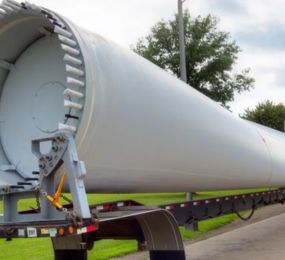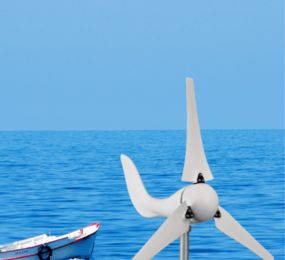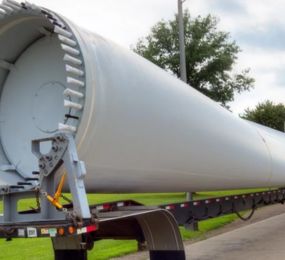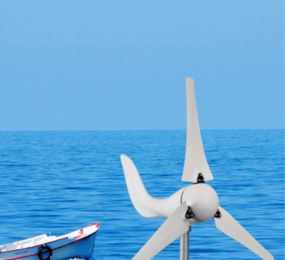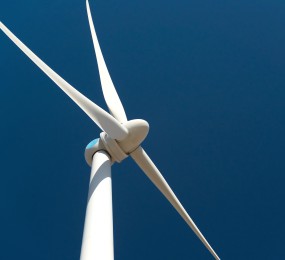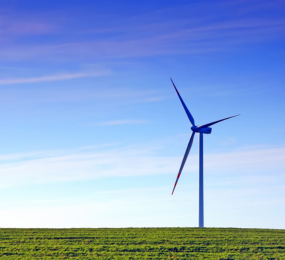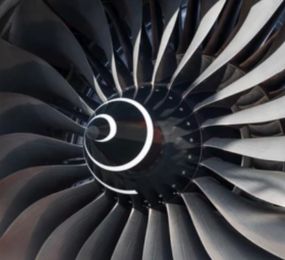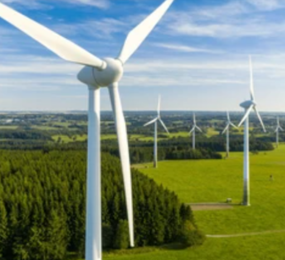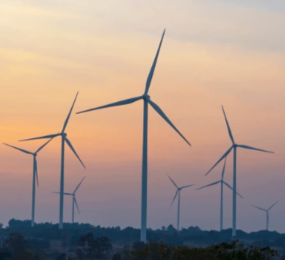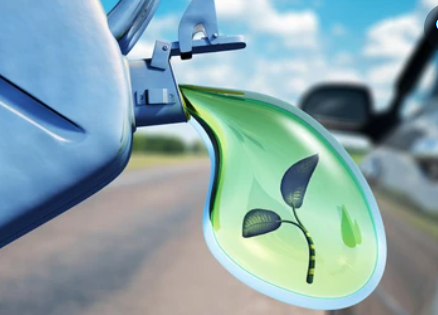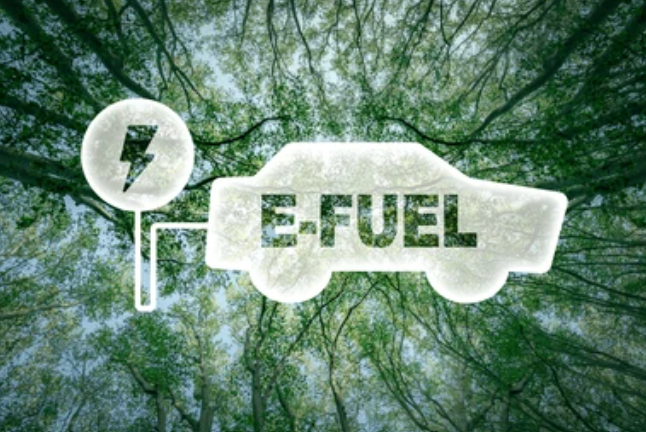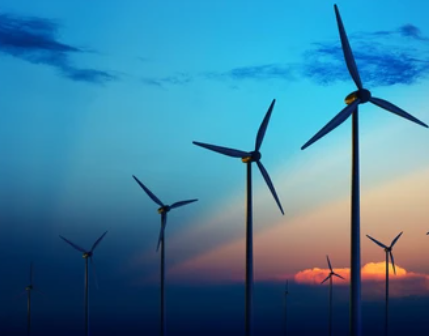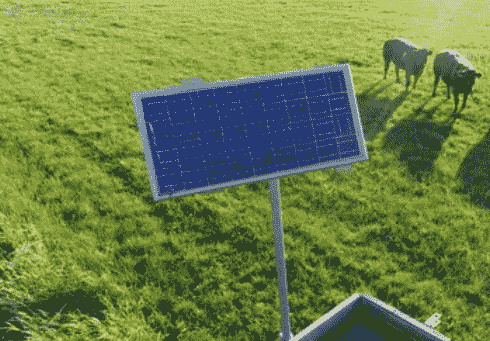What Wind Turbine Blades Are Made Of and Why It Matters
High above the ground, wind turbine blades carve through the air in a quiet rhythm. They’ve become a symbol of clean energy, quietly powering homes, businesses, and industries around the world. But behind their graceful motion lies a mix of science, engineering, and careful material selection that directly impacts the future of renewable energy.
Wind blades may look sleek and simple but what they’re made of, and how those materials perform over time, plays a huge role in how effective wind energy can be.
Built for Strength, Lightness, and Endurance
Wind turbine blades are engineered to survive decades of wear in the most unforgiving conditions heavy winds, salt air, rain, extreme temperatures, and even lightning. At the same time, they must be incredibly lightweight to spin efficiently and minimize stress on the turbine structure.
That’s why composite materials are the backbone of blade construction. The most common combination is fiberglass-reinforced plastic, bonded with epoxy or polyester resin. This pairing offers a balance of strength, flexibility, and affordability allowing blades to bend with the wind without breaking or degrading too quickly.
In high-performance or larger-scale offshore turbines, carbon fiber is sometimes used. It’s lighter and stronger than fiberglass, allowing for longer blades and more energy capture. However, carbon fiber is also more expensive, so it’s typically reserved for projects where efficiency gains outweigh cost concerns.
The materials are carefully layered, molded, and cured in massive ovens to create the aerodynamic shapes we see turning on wind farms today.
Material Choices with a Long-Term Impact
While these composites have helped the wind industry grow rapidly, they come with challenges especially when it comes to end-of-life disposal. Unlike metals, composite materials can’t simply be melted down and reused. Their strength and durability make them great for performance, but tough to recycle.
That’s why the industry is now exploring more sustainable alternatives. Researchers are developing thermoplastic resins that can be melted and reshaped paving the way for recyclable blades. Others are experimenting with natural fibers, like flax or hemp, combined with bio-based resins to reduce the environmental footprint from the start.
Manufacturers are also focusing on extending the lifespan of blades through improved coatings and repair techniques, so fewer materials are needed in the long run.
Performance Meets Purpose
The choice of blade material doesn’t just affect how much energy a turbine generates it reflects how seriously the wind industry takes its environmental responsibility. As wind power becomes more central to the global energy mix, making blades more sustainable without sacrificing performance is no longer a luxury it’s a necessity.
Takeaway
Wind turbine blade materials are a quiet but powerful part of the renewable energy story. By balancing strength, weight, cost, and recyclability, the industry is not just chasing performance it’s building a cleaner, more responsible future from the inside out.
Learn more on our website: https://www.leadventgrp.com/events/3rd-annual-wind-blade-materials-and-recycling-forum/details
For more information and group participation, contact us: [email protected]
Leadvent Group - Industry Leading Events for Business Leaders!
www.leadventgrp.com | [email protected]


